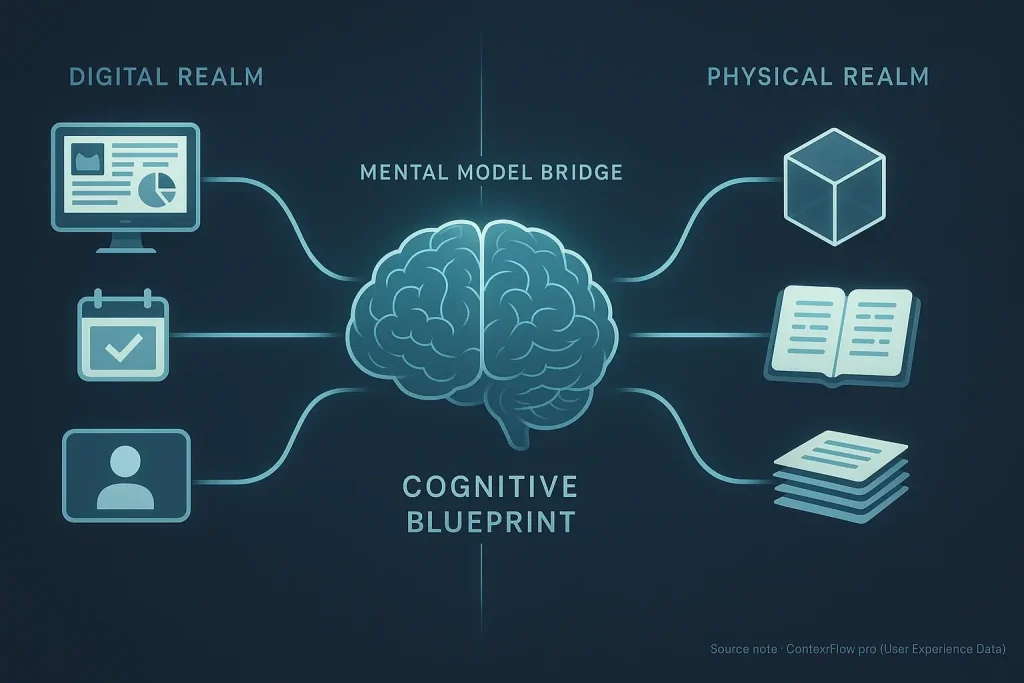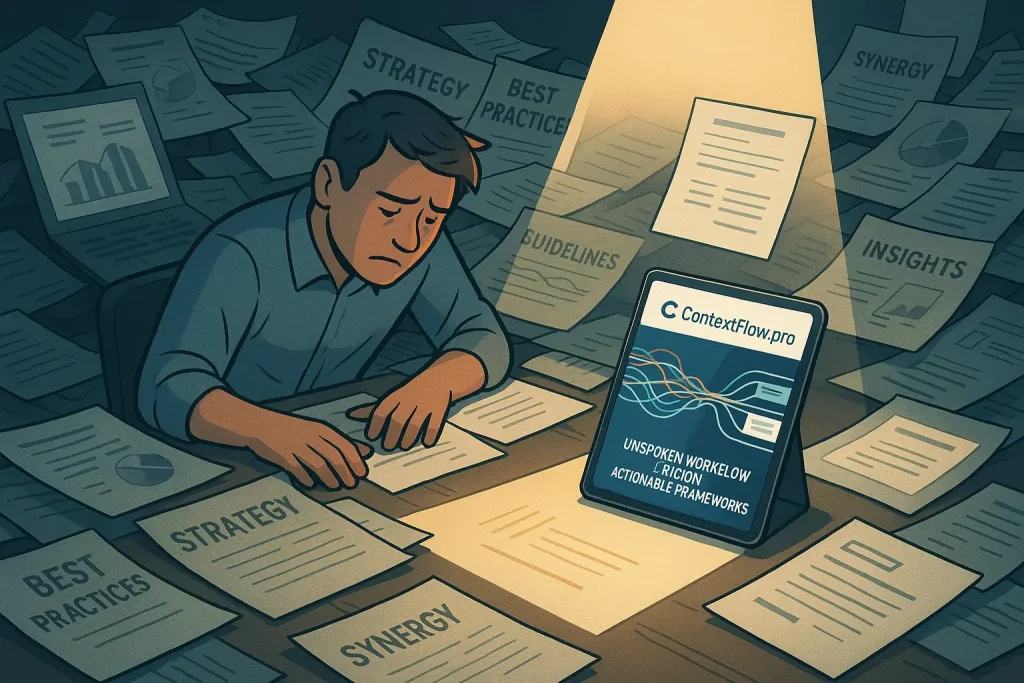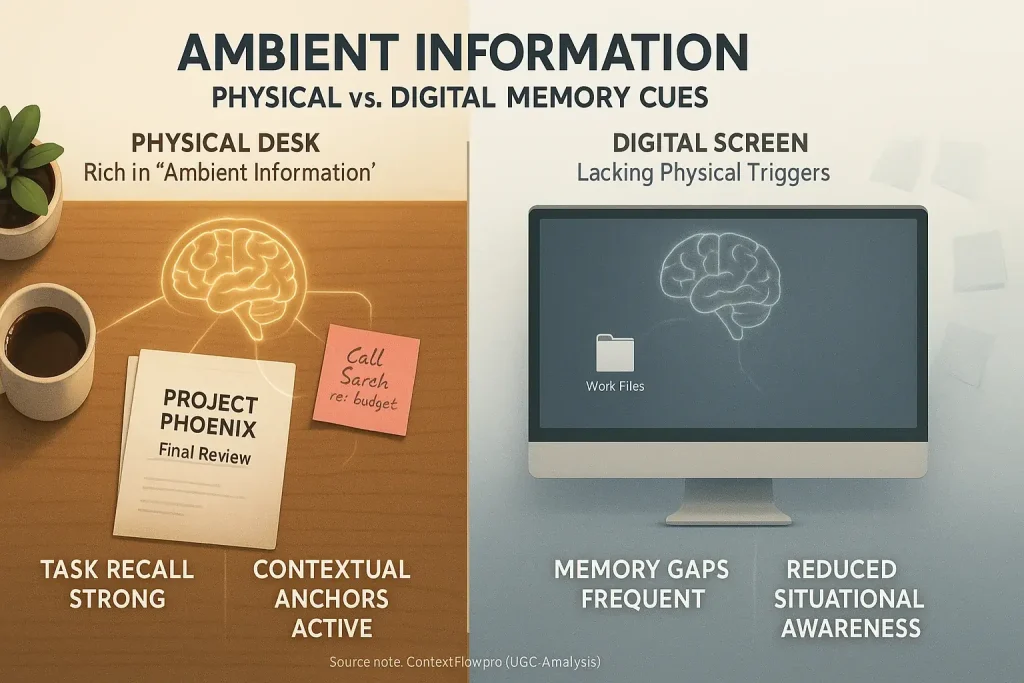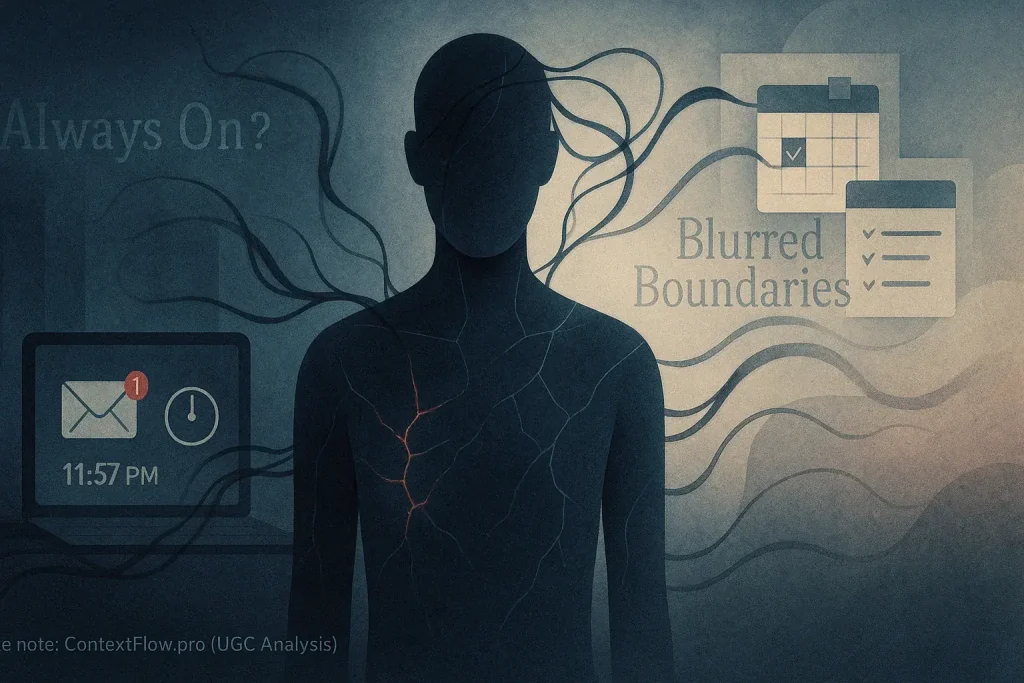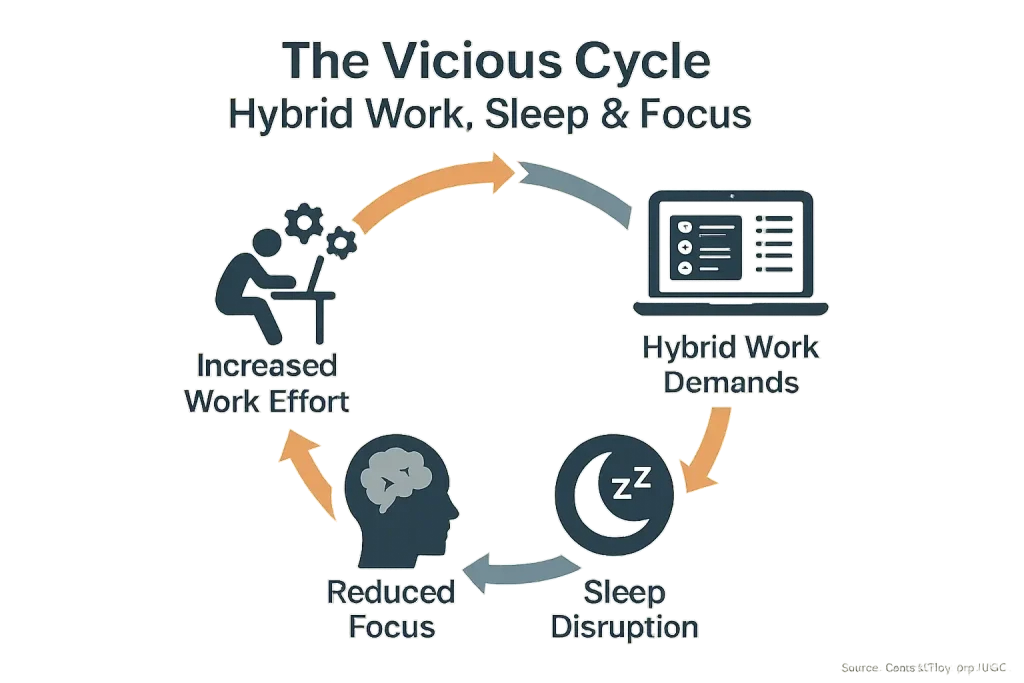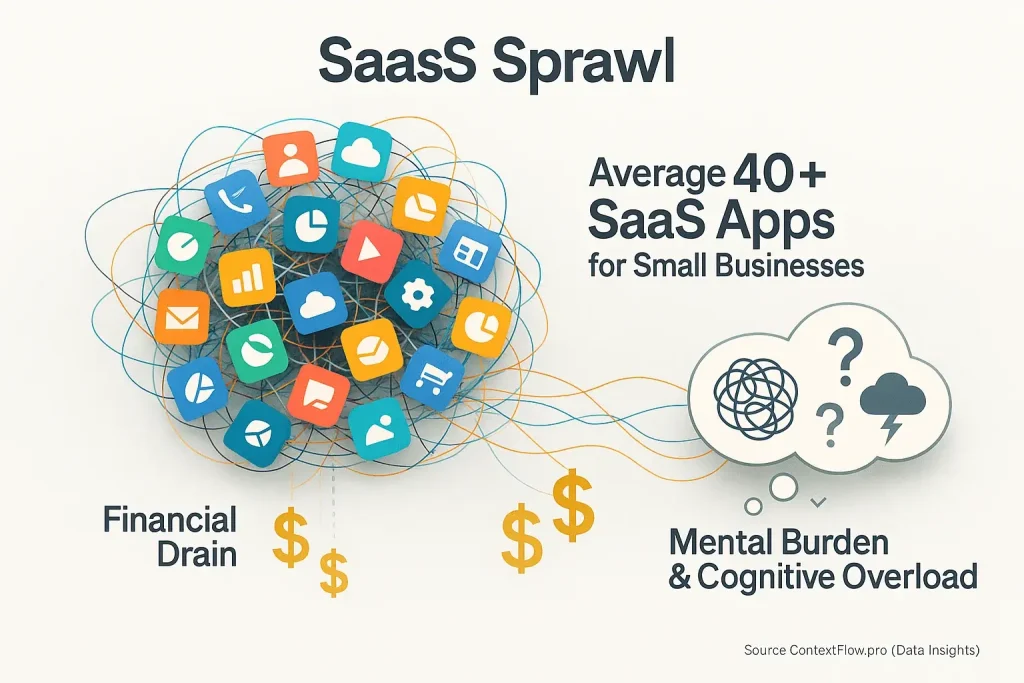The Hybrid Focus Paradox: Can Mindfulness Be Your Secret Weapon?
Your brain has too many tabs open. A familiar sensation? This mental juggling defines much of modern hybrid work. You are constantly pulled between digital chats and physical office tasks. The constant context switching creates a unique mental drain. Traditional focus advice often misses this specific hybrid challenge. Many professionals report significant cognitive load. Attention residue from one task bleeds into the next. Focus shatters.
Mindfulness emerges as a powerful counter. This is not abstract philosophy. It is a practical, user-tested strategy. Many hybrid workers, initially doubtful, now report substantial improvements in their ability to concentrate. They are reclaiming precious focus. Mental clutter diminishes. The benefits are tangible, shared across numerous user accounts from diverse industries.
What do real users actually experience? How does mindfulness specifically combat hybrid work's focus drain? This exploration dives into those user stories. We will uncover the practical techniques that genuinely work. Forget generic tips. ContextFlow.pro brings you actionable insights, grounded in collective experience, to sharpen your hybrid productivity.
Beyond Meditation: What Users Actually Mean by 'Mindfulness' in Hybrid Work
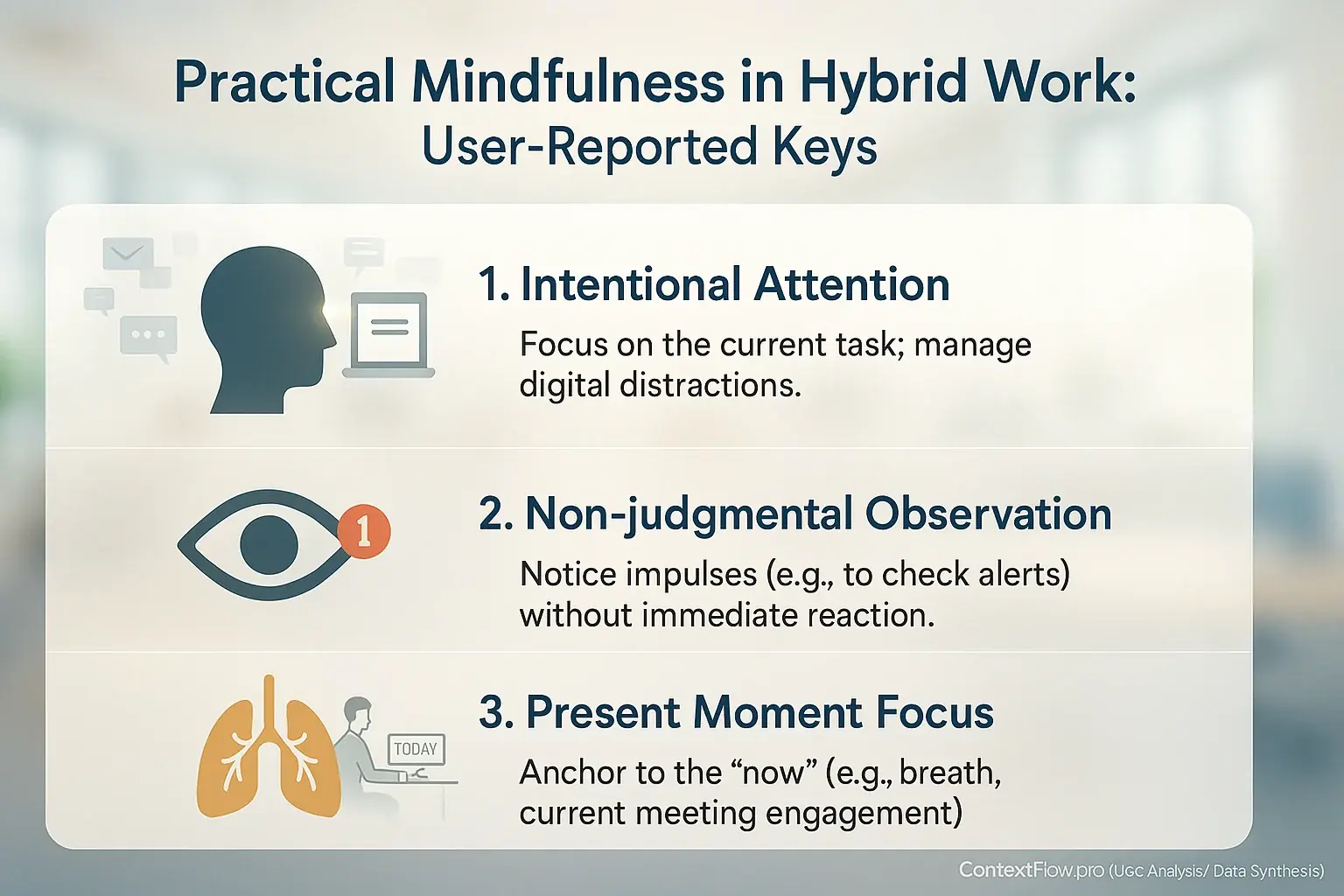
Mindfulness in hybrid work often evokes images of lengthy meditation. User experiences reveal a more practical definition. It is intentional, non-judgmental attention. This attention focuses squarely on the present work moment. Many users confess initial skepticism toward 'mindfulness.' They associated it with esoteric practices. Then they discovered its core: simply noticing their breath during a chaotic meeting, for example.
This intentional attention directly addresses hybrid work friction. Our analysis of user feedback shows individuals apply it to manage digital distractions. They learn to observe the impulse to check notifications without immediately reacting. Presence in virtual meetings improves significantly. Team members report feeling more engaged. Focusing on a single task, a common hybrid challenge, becomes more attainable. The mind wanders less frequently.
Achieving this state is not about grand, time-consuming rituals. User reports emphasize small, consistent practices. These practices integrate seamlessly into the workday. It is not about becoming a Zen master overnight. It is about tiny shifts in awareness. These shifts accumulate, building focused attention over time. This accessibility is a key theme in user discussions.
Why does this simple shift in attention yield results? It cultivates self-awareness. This awareness disrupts habitual, often unproductive, responses to workplace stimuli. Hybrid environments constantly fragment attention. Intentional focus provides a crucial anchor. Users find this leads to deeper work. It reduces mental clutter. Ultimately, it enhances their ability to navigate the digital-physical workspace effectively.
User-Tested Mindfulness Techniques for Hybrid Focus: What Really Works
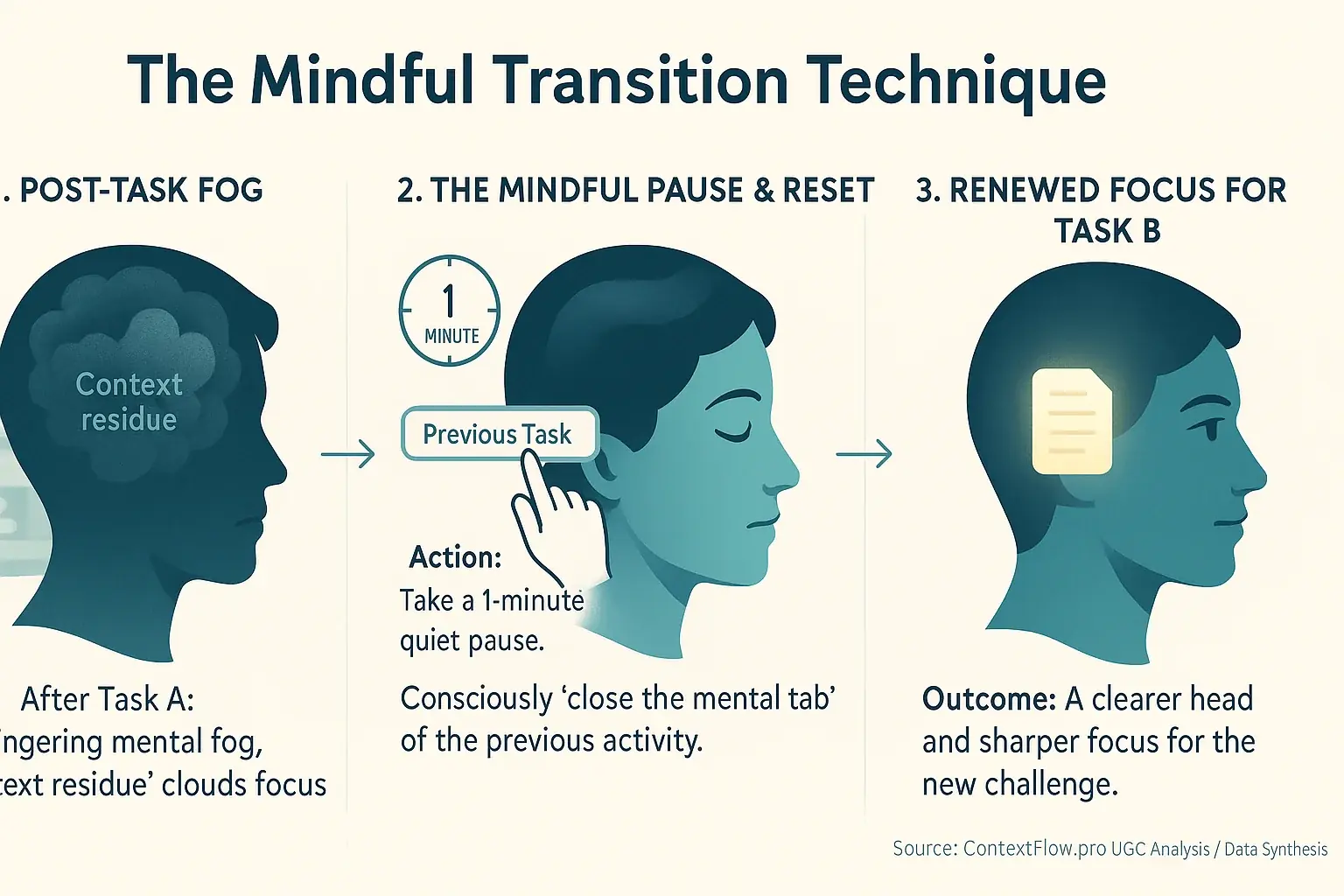
Many hybrid workers embrace Mindful Transitions. This technique involves short, intentional pauses. These occur between different tasks. Or when changing work environments, like from home to office. Users describe finishing a demanding virtual meeting. Before tackling a complex document, they take a moment. A minute of quiet. They consciously 'close the mental tab' of the previous activity. This practice, users report, effectively prevents "context residue"—that lingering mental fog from the last task. The result? A clearer head. Sharper focus for the new challenge. It is a small reset. A powerful tool for clarity.
Single-Tasking Focus is another powerful method users frequently discuss. The core idea is straightforward. Concentrate fully on one task at a time. Users apply mindfulness to acknowledge, then gently dismiss, the urge to switch. Imagine a project requiring deep concentration. Notifications inevitably appear. Other less critical tasks call out. Instead of succumbing, individuals note the distraction. They then firmly redirect their attention back. Some users set a timer for dedicated focus blocks. This cultivates mental discipline. The collective experience suggests this approach unlocks genuine deep work. Output quality increases. Mental exhaustion decreases. Users believe this honors the brain's preference for undivided attention on complex work.
Digital Breath Breaks are highly valued by those navigating constant screen time. What are they? Very short, mindful pauses away from all digital devices. Users explain that after extended periods staring at screens, digital fatigue sets in. Eyes feel strained. Concentration wanes. One common practice involves pushing back from the desk. Closing eyes for sixty seconds. Simply observing the breath. No emails. No instant messages. Just a brief disconnect. Professionals find this tiny habit significantly restores mental clarity. It lessens that feeling of digital drain. This micro-break acts as a quick mental refresh. It prepares them for the next round of focused digital work.
Find Your Flow: Your Personalized Mindfulness Exercise Selector
Find Your Perfect Hybrid Focus Exercise
Answer a few quick questions to get personalized mindfulness techniques that really work for hybrid work challenges.
1. What's your biggest focus killer in hybrid work?
This selector pinpoints your best mindfulness exercise. It matches activities directly to your specific hybrid work struggles. Professionals frequently describe similar focus disruptions. Our synthesis of user experiences informs these personalized suggestions. Get advice that fits your workday. No generic solutions.
Try your recommended exercise soon. Consistency builds focus over time. Users often find small, regular practices most effective. Even five minutes daily can help. Start small. You might feel a shift.
Mastering hybrid work focus is a process. This tool offers a practical first step. Consider it your launchpad. Aim for a calmer, more productive workday. Less chaos. More flow. User experiences confirm this path can reduce daily friction.
Beyond the Hype: What Users Say Mindfulness Can't Do (And What It Does)
Let's be honest. 'Mindfulness' might evoke 'fluffy trend' thoughts. User skepticism is understandable. It is not a magic bullet. Users confirm this quickly. Systemic organizational issues? Mindfulness does not fix these fundamental problems. What it does offer, according to user reports, is a path to personal resilience.
Users quickly learn mindfulness will not magically silence late-night pings from a demanding boss. It will not repair a fundamentally broken team workflow. These are common observations from user feedback. Mindfulness is a personal coping mechanism. It is not an organizational change agent. Systemic issues require systemic solutions, users emphasize.
What mindfulness does deliver, users consistently report, is a better personal toolkit. This toolkit helps individuals navigate those stressful pings with less internal turmoil. People regain focus faster after inevitable hybrid work interruptions. This builds crucial personal resilience. Your response to chaos improves, even if the chaos itself persists externally.
Weaving Mindfulness into Your Hybrid Workflow: Practical Integration Tips
Integrating mindfulness into hybrid work demands a new perspective. The trick, users say, is not adding 'mindfulness' to an overflowing to-do list. Instead, weave it into what you already do. This approach transforms mindfulness from a burden into a supportive element of your daily flow. It becomes part of your work, not separate from it.
Many users discover success with 'micro-mindfulness' moments. Imagine this: before your next virtual meeting, take three conscious breaths. Feel your feet on the floor. This small act can center you. Or, when switching from email to a project management tool, pause. Take a 'digital breath'. Notice the transition. Some users report simply observing their posture during a long document review helps maintain presence. These tiny interventions, scattered throughout the day, enhance focus without disrupting workflow.
Consistency is more crucial than intensity. This insight appears repeatedly in user accounts. Short, regular mindfulness practices build cumulative benefits for focus and well-being. Even sixty seconds of intentional breathing can make a difference. Users report this especially when the day feels like a whirlwind of tasks and notifications. Sustained, small efforts often yield greater long-term impact than sporadic, lengthy sessions. The goal is gentle, persistent integration.
Finding what works best is a personal journey. Our analysis of user experiences highlights the value of experimentation. Try different micro-practices. Observe their effect on your concentration and stress levels. Perhaps a two-minute mindful walk between your home office and kitchen is effective. Or maybe a brief gratitude reflection before logging off. Adjust strategies based on your unique hybrid schedule and personal preferences. This iterative process helps build a truly supportive, personalized mindfulness habit.
The Bottom Line: Reclaiming Your Focus, One Mindful Moment at a Time
So, can mindfulness truly help? Our deep dive into user experiences reveals a powerful 'Yes!' Mindfulness, applied practically and consistently, is a potent tool. It actively combats hybrid work chaos. You reclaim control over your attention. User reports consistently confirm this effectiveness, highlighting its accessibility for busy professionals.
Don't wait for perfect conditions. Start small. Pick one simple technique discussed. Try it today. User experiences overwhelmingly confirm consistent micro-moments lead to significant shifts in focus and stress management. This accessibility is key. Real improvements in work-life balance and overall well-being are consistently reported by countless hybrid workers. The long-term impact is profound.
Embracing mindfulness is a journey. It is a path towards a more focused hybrid work life. A less scattered, more present existence awaits. Ultimately, this leads to a more productive and fulfilling professional experience. The collective wisdom suggests this is achievable. One mindful moment at a time.

